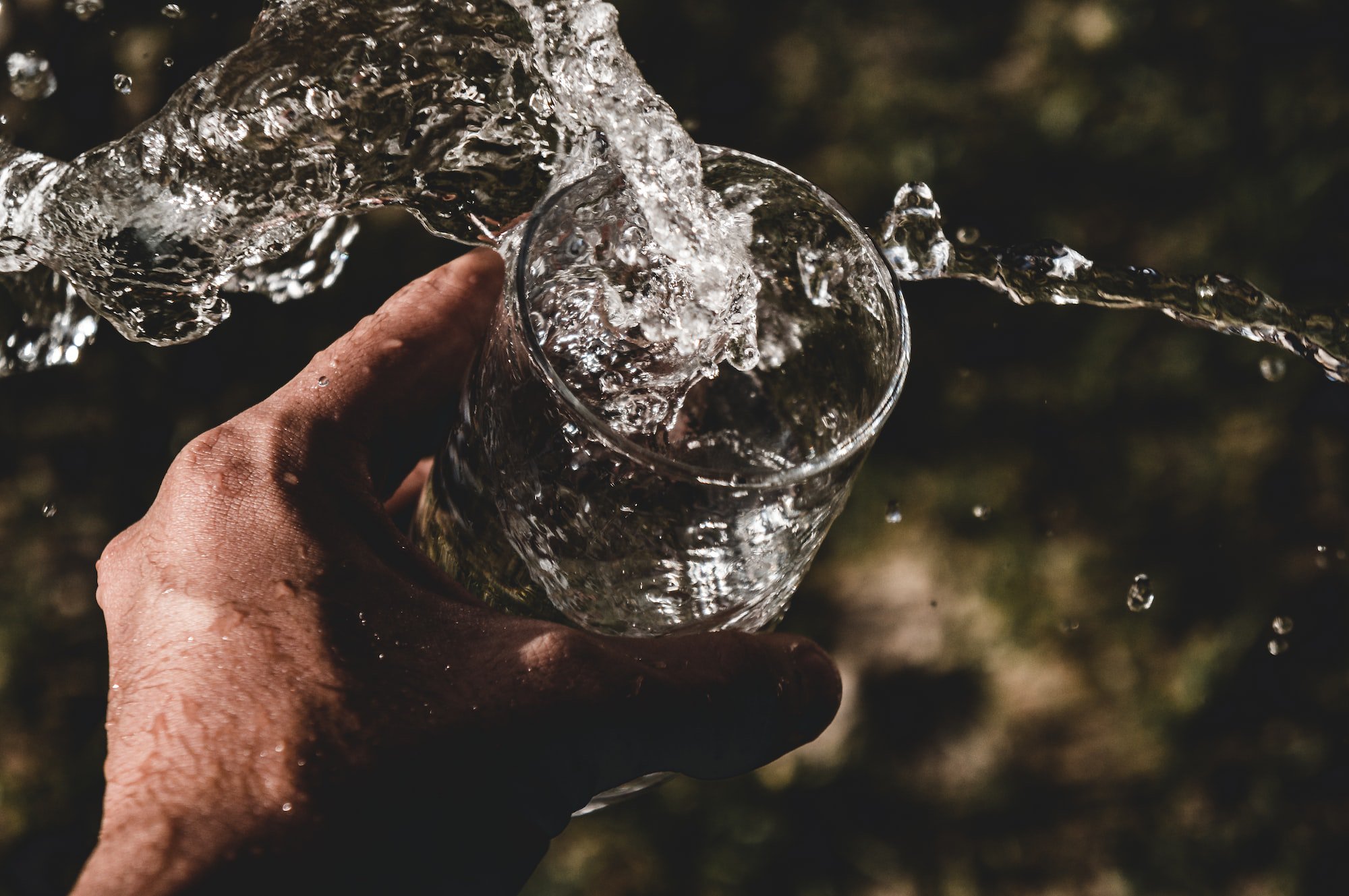A team of environmental scientists has found that rainwater is no longer safe to drink anywhere on Earth
Rainwater across the planet now contains hazardous chemicals called per- and polyfluoroalkyl substances, or PFAS. In a paper published in the journal “Environmental Science & Technology,” on August 2, researchers at the University of Stockholm, who have been studying PFAS for a decade, found evidence that these substances have spread throughout the entire atmosphere, leaving no place untouched.
There are thousands of PFAS, all human-made, used in food packaging, water-repellant clothing, furniture, carpets, nonstick coating on pots and pans, fire-extinguishing foams, electronics, and some shampoos and cosmetics. During manufacturing and daily use, they can be released into the air. They also leach into ocean water and become aerosolized in sea spray. From there, they spread through the atmosphere and fall back to Earth in rain.
These are the “forever chemicals” because they linger for a long time without breaking down, allowing them to build up in people, animals, and environments.
PFAS have been found in Antarctica and in Arctic Sea ice. Their prevalence across the planet is a definite hazard to human health, and peer-reviewed studies have linked them to some cancers, decreased fertility, reduced vaccine response, high cholesterol, and developmental delays in children.
Like our other newly detected threat, microplastics, it’s difficult to identify all the long-lasting health effects of PFAS exposure because they include so many different compounds and they’re so prevalent.
The new paper suggests that everybody on Earth is at risk.
‘Rainwater everywhere would be judged unsafe to drink.’ EPA Standards)
The nastiest among these substances is perfluorooctanoic acid, or PFOA, and perfluorooctanesulfonic acid, or PFOS.
Based on new evidence about health impacts, the Environmental Protection Agency has already tightened its guidelines for how much PFOA and PFOS can safely be present in drinking water.
Previously, EPA had set the acceptable level for both substances at 70 parts per trillion. The new guidelines cut that by a factor of up to 17,000 — limiting safe levels to 0.004 parts per trillion for PFOA and 0.02 parts per trillion for PFOS.
The Stockholm researchers looked at the levels of PFOA, PFOS, and two other PFAS in rainwater and soil across the planet. They compared them to regulators’ limits – and both substances’ levels in rainwater “often greatly exceed” EPA limits, the study authors concluded.
Professor Ian Cousins, the lead author of the study and a professor at the University of Stockholm’s department of environmental science, said in a press release.
“Based on the latest US guidelines for PFOA in drinking water, rainwater everywhere would be judged unsafe to drink,” “Although in the industrial world we don’t often drink rainwater [directly], many people around the world expect it to be safe to drink, and it supplies many of our drinking water sources,”
Researchers also found that soil across the globe was “ubiquitously contaminated” with PFAS. PFAS persist for so long and cycle through the planet’s oceans, atmosphere, and soil so effectively, that researchers expect levels will continue to be dangerously high.
Ultimately, the researchers conclude that PFAS have exceeded the safe “planetary boundary” for human health.
“It is vitally important that PFAS uses and emissions are rapidly restricted,”
What to do?
We can’t evade all PFAs contamination because, as pointed out, it is present in so many forms. But given the fact that this is a substance that appears to remain and accumulate in the body, it’s prudent to do whatever we can to limit exposure. The article demonstrates the mechanisms that cause PFAs to be in the water in our reservoirs, our rivers, and even our wells, so it’s logical that a good quality water filter is the first step in our own self-preservation strategy. PFAs can be removed by certain advanced filter media such as catalytic carbon, which is far more absorbent than the big-box type of common carbon filter.

